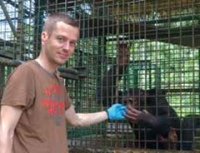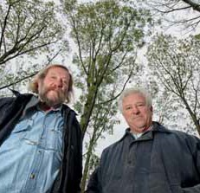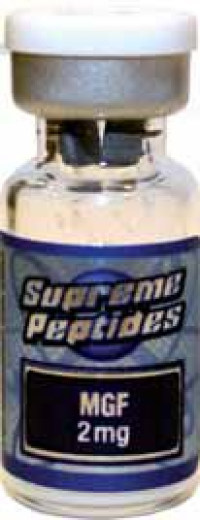Of mosquitoes and men
In the second edition of this academic year, Resource followed three young scientists in their pursuit of a prestigious Veni grant.

They sweated for months over the perfect proposal, presented their ideas to neutral professors and then waited for the verdict with baited breath. In the end, two of the three were rewarded with a grant, one of them entomologist Niels Verhulst. He is going to use his grant to research how mosquitoes move between humans and apes. Verhulst has already completed his first fieldwork. In May he spent two weeks in Cameroon looking for mosquitoes which bite apes. To do this he placed odour traps at a chimpanzee rescue centre, where odour and bacteria samples were also taken from the apes. Odour traps were set up in the jungle as well, near nests in which chimpanzees slept at night. A tough job. Verhulst walked through dense jungle every day for eight hours, lugging batteries and solar panels for the odour traps along with him. ‘Unfortunately, Cameroon was not the success story we had hoped for,’ says Verhulst. ‘We didn’t catch many mosquitoes.’ He thinks perhaps May was not the ideal month for collecting mosquitoes. But he remains optimistic. The traps at the rescue centre are still in operation. What is more, failures are all part of the game in such a big project. Verhulst: ‘You just can’t have everything worked out in advance.’
‘Crowd’ saves the ash
They were looking for 150,000 euros to save the ash from dieback. So Sven de Vries and Jitze Kopinga at Alterra turned to the ‘crowd’, using means including a hip fi lm on Youtube.

That was last November. De Vries can now declare the fundraising campaign a success, albeit different to what they expected. ‘You expect responses from all sorts of people who care about the fate of the ash. But it turned out quite differently.’ The campaign only got three responses. From a large estate manager, a lane tree nursery and a park tree nursery. All three wanted to contribute in kind, offering their labour but no money. But it looks likely to work out well, explains De Vries. ‘The tree nurseries can apply for subsidies which can be used to do our research. They can make their own contribution in kind. We have good prospects of those subsidies and they will probably come to even more than the 150,000 euros we asked for. So it has worked, really. I am very optimistic about it.’ Kopinga and De Vries want to use the funding to select ash trees which are resistant to the fungus that causes dieback. This kind of research went by the board after the abolition of the Horticulture Product Board. The first tests have now been started. ‘The costs come before the benefits.’ De Vries is happy with his ‘crowd funders’. ‘There are only three of them but they do cover the whole spectrum: two kinds of nurseries and a large estate manager who can accommodate our trial plots. Iam very satisfied with this.’
Doping study: waiting for funding
Around the time of the Olympic Winter Games in Sochi, Rikilt wrote an analysis of superdoping drug MGF (Mechano Growth Factor) and similar growth hormones.

MGF could not yet be traced by the sport doping detectives, but Rikilt had a method of identifying the synthetic variant of these kinds of growth hormones in cattle. The Wageningen research institute wanted to create a similar doping test for sportspeople. What is the status? As is often the case with scientific innovation, the researchers are still having to wait until someone is willing to finance the implementation of the plan. The Dutch government does not fund doping laboratory research, the Dutch doping authority has no budget for research, and the European Union is showing no interest either. So in March Rikilt researchers Nathalie Smits and Saskia Sterk submitted a research funding proposal to WADA, the World Anti-Doping Agency. But this organization is not in a hurry. Only at the end of the year will the two researchers hear whether they will get funding. Sterk must be patient, then, and secretly hope that doping scandals flare up in the meantime. Because publicity about doping often leads to new research contracts. Later this year, for instance, Sterk is going to study exactly how clenbuterol, a growth hormone used in livestock farming, can end up in the urine of sportspeople after they have eaten meat. She might then at last be able to reach a conclusion on whether Alberto Contador was guilty of doping in the 2010 Tour de France, or was a victim of contaminated meat.
